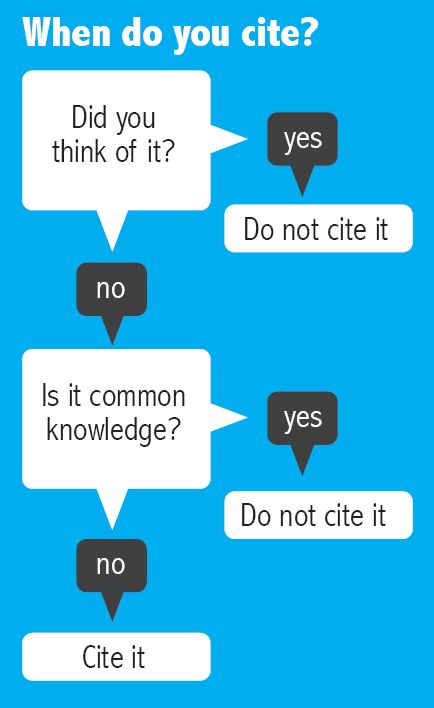
(Credit to the UCSD's Social Sciences and Humanities Library for the image.)
If you need assistance with in-text citations or writing support contact Ms. Tilla Bradley.
Dr. Angel Pridgen can provide citation and research support to help strengthen your research papers!
The ABC Director of Libraries is available for in-person and remote citation consultations via phone, email, or online (zoom).
What is a Citation?
A citation is a way to inform your readers that certain material in your work originates from another source. It provides the necessary details to locate that source, such as:
Why is Citing Sources Important?
Citing sources is essential to give credit to original authors and avoid plagiarism. Additionally, it serves several other purposes:
Does Citing Sources Reduce Originality?
Not at all! Proper citation highlights the distinction between your ideas and those of your sources, which emphasizes the originality of your work.
When Should You Cite?
You should cite whenever you borrow words or ideas, including in the following cases:
If unsure, it's better to cite too often than not enough!
NCSU Libraries: CC 3.0 BY-NC-SA US
Academic dishonesty includes the following examples, as well as similar conduct aimed at making false representation with respect to academic performance:
1. Cheating on an examination.
2. Collaborating with others in work to be presented, contrary to the stated rules of the course.
3. Plagiarizing, including the submission of ideas, papers or information from the internet, (whether purchased, borrowed, or otherwise obtained) as one’s own. When direct quotations are used in themes, essays, term papers, tests, book reviews, and other similar work, they must be indicated; and when the ideas of another are incorporated in any paper, they must be acknowledged, according to a style of documentation appropriate to the discipline.
4. Stealing examination(s) or course materials(s).
5. Falsifying records, laboratory results, or other data.
6. Submitting work previously presented in another course.
7. Knowingly and intentionally assisting another student in any of the above, including assistance in an arrangement whereby any work, classroom performance, examination, or other activity is submitted or performed by a person other than the student under whose name the work is submitted or performed.
